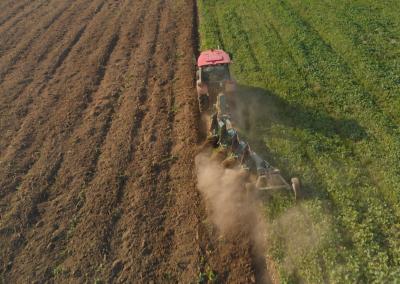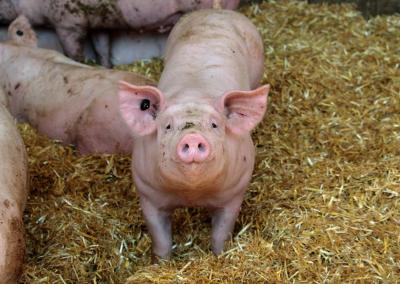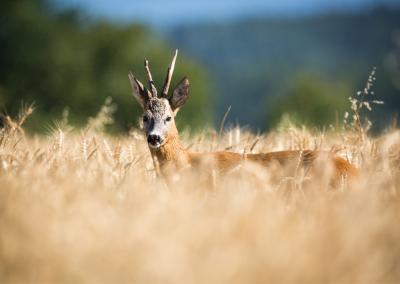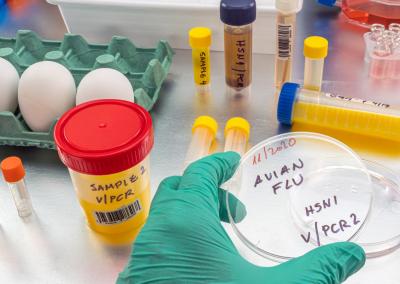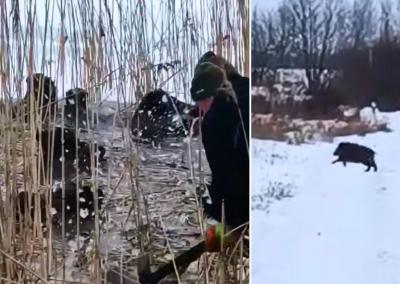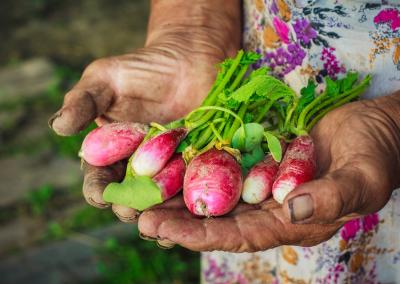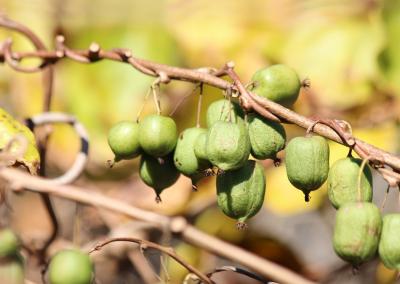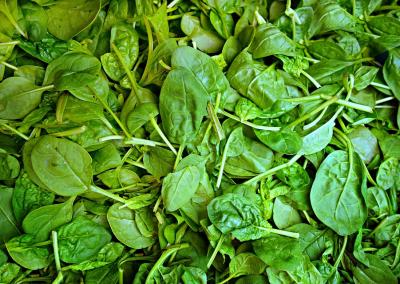Fertilising cherries in spring
Sometimes gardeners either forget to fertilise their plants or forget to fertilise their plants – and for nothing! After all, the fruit-laden vines & eyes – are the result of properly fertilised soil. So, let's learn the subtleties of fertilizing the vines, the most important of which are moderation and balance.
Azote fertiliser is applied to the plants from spring to mid-summer. Later fertiliser application (late summer, autumn) will result in the fruit trees continuing to actively increase their vegetative mass and will not have time to prepare for the coming winter.
Spring fertilisation will allow fruit trees to wake up and start growing actively. If done correctly, the vines will produce an abundance of petals and buds, and in the second half of the summer a bumper crop. Once the buds have spread, the plants can be sprayed with 3% Bordeaux myrrh, which protects against fungal diseases thanks to its copper element.
The main ways of fertilising the plants are through the soil (by incorporation into the soil at the trunk) and by spraying (through the leaves, trunk, or wells). The subsequent spring fertilisation scheme depends on the age of each fruit tree:
2-4 year old trees. Prior to flowering, purge with urea (20-30 g : 10 litres of water) or fertilise at the beginning of flowering with ammonium nitrate (15-20 g per 1 m of the rootstock).
Heads from 4 years of age. Before flowering, purge with urea (20 g : 10 litres of water) or fertilise with ammonium nitrate (20 g 1 m²).
• During flowering, fertilise with a solution of cow dung (5 litres of dung and 10 glasses of ash : 50 litres of water). 1 bucket of the solution is sufficient for females aged 4-7 years and 2-3 buckets for females aged over 7 years.
• 2 weeks after the previous fertilisation – fertilise with phosphorus-potassium fertiliser (10 litres of water, 1 &scaron &scaron &scaron &scaron &scaron &scaron š 1 &scaron &scaron &scaron š 1.5 cups of super phosphate). The solution is prepared for 1 square metre.
The taste of the wine can be improved with succinic acid. Adult plants are sprayed with succinic acid at flowering age (0.3 g : 10 litres of water).
Efforts will be effective and fruitful if:
Combine fertiliser application with irrigation (3-6 buckets of water, depending on rainfall, age of the plant, soil moisture);
• monitor the acidity of the soil (can be determined using litmus indicator paper). If the acidity is higher than normal, add lime, dolomite flour, birch or plum ash. If the pH is lower, use sour, citric, malic or acetic acid• spray the honey bee tree with a honey solution (1 tbsp &scaron &scaron &scaron &scaron : 1 bucket of water) – to attract bees and for better pollination.Fertilization of the leaf litter through &scaron
Dry fertilisers or solutions of dry fertiliser are used to fertilise the foliage. The fertiliser is applied to the anterior stem circle of the plant (about 50 cm from the trunk). The older the vine, the wider the fertiliser application circle around the trunk. For trees over 20 years old, it can be up to 3.5 m in diameter.
Fertilising through the š starts with a thorough shaking of the soil and abundant watering of the stem ring. Up to 6 buckets of water for an adult tree, up to 3 buckets for a young one. Once the water has been absorbed into the soil, fertilisation is started. Liquid preparations are simply poured into the soil in the antecubital circle, while dry preparations are spread evenly over the surface of the soil and shallowly worked in with a rake. The use of a spade is not recommended for this purpose.Green fertilisers - siderates - have also performed well. Peas, oats and vetches can be sown in the trunk circles. And when they have green mass, they can be incorporated into the soil.
Feeding of the vines during purging
Puršleaf application can be carried out 2 years after the planting of the tree. During such fertilisation, the trunk, the &scaron, the shoots and the anterior root ball are thoroughly sprayed with fertiliser. The best time to carry out the treatment is during cloudy weather or in the evening – avoiding open sunlight and heat which can reduce the effect of the beneficial preparations. A special spray bottle, respirator, goggles and rubber gloves will be useful for quicker and easier spraying of the hairs.
When drilling for hives in spring, it is important to follow the instructions for use and to exercise restraint. It is better to fertilise less without harming the fruit trees. Because excess fertiliser often causes the following problems for trees:• leaf and shoot drop due to calcium deficiency (overdosing the tree with potassium fertiliser);
• chlorosis between the leaf veins due to zinc deficiency (if the soil around the branches is saturated with nitrogen).


